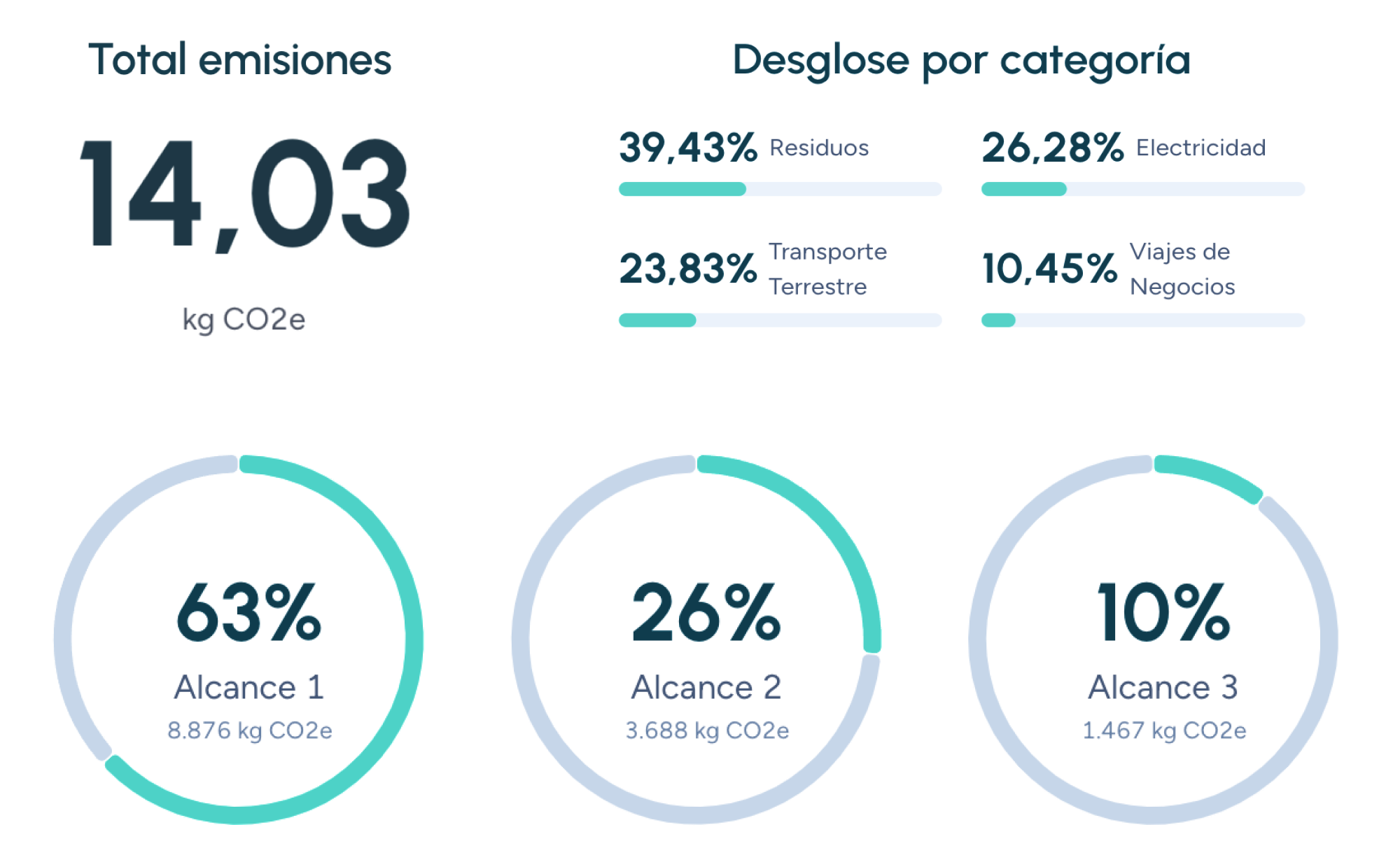Back to the blog
Legislation and regulation
CSRD and ESRS: main differences and similarities
Carolina Skarupa
Product Carbon Footprint Analyst
Environmental regulations or standards are essential for protecting our environment from the negative impacts of business activities. Among these regulations, the CSRD (Corporate Sustainability Reporting Directive) and the ESRS (European Sustainability Reporting Standards) stand out as key instruments for corporate sustainability reporting—a topic of growing importance in today’s business landscape.
While both regulations aim to improve sustainability information, their specific objectives differ.
What is the CSRD?
The CSRD (Corporate Sustainability Reporting Directive) is a European regulation that establishes a new framework for corporate sustainability reporting. Its primary goal is to improve the transparency and comparability of sustainability information, providing investors and other stakeholders with a more comprehensive view of companies’ performance in this area.
A central element of the CSRD is the principle of double materiality, which requires companies to consider both:
- Outside-in materiality: How the company’s operations affect the environment and society.
- Inside-out materiality: How sustainability factors, such as climate change or resource scarcity, influence the company’s performance and viability.
The CSRD also mandates that sustainability reports be audited by an independent third party, ensuring greater reliability and confidence in the information reported.
What are the ESRS?
The ESRS (European Sustainability Reporting Standards) are a set of standards that define the information requirements for sustainability reports. These standards provide a detailed and organized structure, classified into different thematic areas:
- General aspects: General information about the company and its sustainability strategy.
- Environmental aspects: The company’s impact on the environment, including greenhouse gas emissions, water consumption, and waste management.
- Social aspects: The company’s impact on its employees, suppliers, and the communities where it operates.
- Governance aspects: The company’s corporate governance structure and approach to sustainability.
Applying the ESRS allows companies to create more complete and accurate sustainability reports, enabling the identification of areas for improvement and the implementation of more effective sustainability strategies. Additionally, since they align with the EU taxonomy, the ESRS contribute to directing investments toward sustainable activities.
Which companies are affected by the CSRD and ESRS?
The CSRD will apply to all large companies as well as those listed on regulated markets, regardless of their size. The ESRS will be mandatory for all companies subject to the CSRD.
It is also expected that listed SMEs will need to apply the ESRS in the future, although with a longer adaptation period.
Although the CSRD and ESRS are European regulations, their influence extends beyond the EU. Companies with subsidiaries in the EU or operating in the European market will be affected, driving the adoption of sustainability practices on a global scale.
What information must be reported?
Both the CSRD and the ESRS outline specific information requirements that companies must include in their sustainability reports.
The CSRD requires companies to report detailed information about sustainability-related risks and opportunities, as well as the impact of their activities on the environment and society. This information must adhere to the principle of double materiality and be verifiable by independent third parties.
The ESRS specifies reporting requirements for each of the thematic areas mentioned earlier. Below is a summary of the standards and their specific points:
Cross-cutting standards:
- ESRS 1: General requirements – Defines general principles for preparing sustainability reports.
- ESRS 2: General disclosures – Establishes general reporting requirements about the company and its sustainability strategy.
Environmental standards:
- ESRS E1: Climate change – Covers greenhouse gas emissions and climate risk management.
- ESRS E2: Pollution – Focuses on air, water, and soil pollution management.
- ESRS E3: Water and marine resources – Addresses water consumption and impact on marine ecosystems.
- ESRS E4: Biodiversity and ecosystems – Focuses on protecting biodiversity and ecosystems.
- ESRS E5: Resource use and circular economy – Covers resource management and the transition to a circular economy.
Social standards:
- ESRS S1: Own workforce – Focuses on working conditions and employee development.
- ESRS S2: Workers in the value chain – Covers labor rights and working conditions in the supply chain.
- ESRS S3: Affected communities – Focuses on the company’s impact on local communities.
- ESRS S4: Consumers and end-users – Covers consumer protection and product safety.
Governance standards:
- ESRS G1: Business conduct – Focuses on business ethics and anti-corruption efforts.
Carolina Skarupa
Product Carbon Footprint Analyst
About the author
Graduated in Industrial Engineering and Management from the Karlsruhe Institute of Technology, with a master’s degree in Environmental Management and Conservation from the University of Cádiz. I'm a Product Carbon Footprint Analyst at Manglai, advising clients on measuring their carbon footprint. I specialize in developing programs aimed at the Sustainable Development Goals for companies. My commitment to environmental preservation is key to the implementation of action plans within the corporate sector.
Content
Companies that trust us

CSRD for SMEs: How cascading regulation will impact your supply chain in 2025
Discover how the CSRD will affect SMEs through the supply chain in 2025—and how to get ready to comply.
22 October, 2025
B Corp Certification in Spain: Cost-Benefit Analysis and the Path to Impact
We analyze B Corp certification in Spain: costs, real benefits, and the steps to obtain the seal that drives sustainability.
06 October, 2025
GHG Protocol vs. ISO 14064-1: Which Standard Should You Choose for Your Emissions Inventory?
Discover the differences between the GHG Protocol and ISO 14064-1 and choose the ideal standard for your emissions inventory and the MITECO.
01 October, 2025
Guiding businesses towards net-zero emissions through AI-driven solutions.
© 2025 Manglai. All rights reserved
Política de Privacidad


